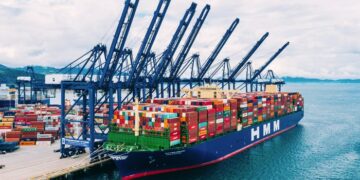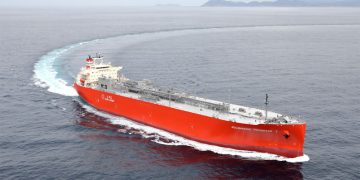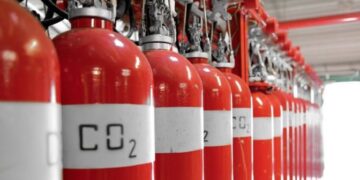The new IEA Energy Atlas offers panoramas on every aspect of energy on a global basis and for 138 individual countries, with interactive maps and customisable charts that detail and compare a host of data based on the Agency’s authoritative statistics. Available on the IEA website’s statistics area, the Energy Atlas provides its wealth of data in 40 varying map views across eight topics: electricity and four fuels – coal, natural gas, oil and renewables – as well as energy balances and indicators plus CO2 emissions from fuel combustion, all for every year from 1973 through 2012. “Last year the IEA launched an animated Sankey flow representation of the evolution of the energy balance of countries over the last 40 years,” explained Jean-Yves Garnier, Head of the IEA Energy Data Centre, which produced the atlas. “We received a lot of compliments from policy makers, analysts and the public, but we also had many requests for more visualisation, including mapping of the world energy situation and the possibility of comparing countries. The Energy Atlas is an attempt to help everyone to better understand the complex world of energy.” On the webpage for each of the eight topics, a world map graphically illustrates ...
Read more






















































